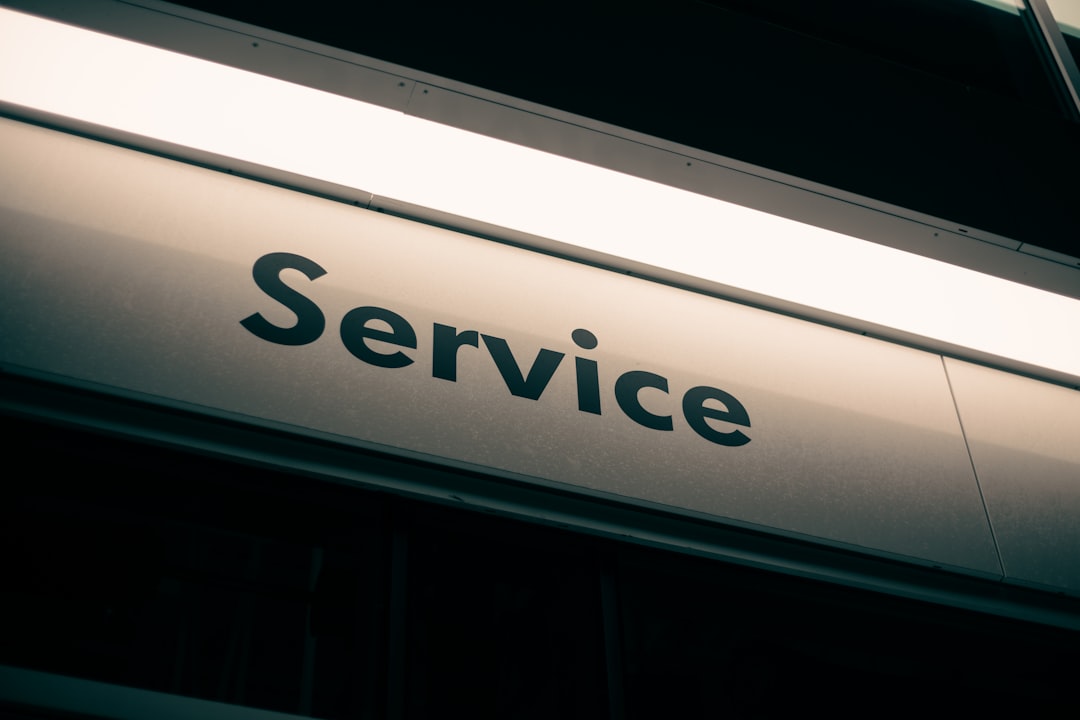If You Think You Understand , Then Read This

Sponge blasting is a highly effective method for surface preparation that has been gaining popularity in recent years. This process involves using a specialized tool to propel a sponge-like material at high velocity onto a surface, effectively removing contaminants and creating a clean, roughened surface for coating or painting. In this article, you will learn about the benefits and applications of sponge blasting, as well as its advantages over traditional blasting methods.
What is Sponge Blasting?
Sponge blasting, also known as sponge jet blasting, is a surface preparation technique that uses a mixture of air and abrasive media to clean and roughen surfaces. The process involves propelling a sponge-like material, typically made of polyurethane or similar materials, at high velocity onto the surface being prepared. The sponge particles are designed to be soft and pliable, yet durable enough to withstand the rigors of the blasting process.
Benefits of Sponge Blasting
One of the primary benefits of sponge blasting is its ability to effectively remove contaminants from surfaces without causing damage. Unlike traditional blasting methods, which can be harsh and abrasive, sponge blasting is a gentler process that is suitable for use on delicate surfaces. This makes it an ideal choice for surface preparation in a variety of industries, including aerospace, automotive, and construction. Additionally, sponge blasting is a highly efficient process that can be completed quickly, reducing downtime and increasing productivity.
Applications of Sponge Blasting
Sponge blasting has a wide range of applications in various industries. One of the most common uses of sponge blasting is for surface preparation prior to coating or painting. By removing contaminants and roughening the surface, sponge blasting helps to create a strong bond between the surface and the coating or paint, ensuring a durable and long-lasting finish. Sponge blasting is also used to remove old coatings, rust, and corrosion from surfaces, as well as to prepare surfaces for welding or other fabrication processes.
Advantages over Traditional Blasting Methods
Sponge blasting offers several advantages over traditional blasting methods, including reduced dust and mess, lower equipment costs, and increased safety. Unlike traditional blasting methods, which can generate large amounts of dust and debris, sponge blasting is a relatively clean process that produces minimal mess. Additionally, sponge blasting equipment is often less expensive to purchase and maintain than traditional blasting equipment, making it a more cost-effective option for many businesses. Furthermore, sponge blasting is a safer process than traditional blasting methods, as it produces fewer hazardous particles and is less likely to cause injury to the operator.
The Sponge Blasting Process
The sponge blasting process typically involves several steps, including surface preparation, equipment setup, and blasting. Prior to blasting, the surface must be cleared of any debris or obstructions. The sponge blasting equipment is then set up, and the operator is trained on its proper use. During the blasting process, the sponge particles are propelled at high velocity onto the surface, effectively removing contaminants and roughening the surface. The blasting process can be adjusted to suit the specific needs of the surface being prepared, including the velocity of the sponge particles and the duration of the blasting process.
Equipment Used in Sponge Blasting
The equipment used in sponge blasting is specially designed to propel the sponge particles at high velocity onto the surface being prepared. The equipment typically consists of a blasting nozzle, a compressor, and a hopper for holding the sponge particles. The blasting nozzle is designed to withstand the rigors of the blasting process, while the compressor provides the necessary air pressure to propel the sponge particles. The hopper is used to feed the sponge particles into the blasting nozzle, where they are accelerated to high velocity and propelled onto the surface.
Safety Precautions in Sponge Blasting
As with any blasting process, safety precautions are essential when performing sponge blasting. Operators must wear protective gear, including safety glasses, gloves, and a respirator, to prevent injury from the high-velocity sponge particles. The blasting area must also be cleared of any obstructions or tripping hazards, and the operator must be trained on the proper use of the equipment. Additionally, sponge blasting should only be performed in well-ventilated areas, and operators should be aware of potential hazards, such as electrical shock or fire.
Comparison to Other Surface Preparation Methods
Sponge blasting is just one of several surface preparation methods available, and it is essential to compare it to other methods to determine which one is best suited for a particular application. Traditional blasting methods, such as sandblasting, can be effective but often produce hazardous particles and generate large amounts of dust. Other surface preparation methods, such as chemical stripping or grinding, can be time-consuming and labor-intensive. In contrast, sponge blasting offers a fast, efficient, and relatively safe method for surface preparation.
Future of Sponge Blasting
As the demand for surface preparation continues to grow, the future of sponge blasting looks bright. Advances in technology are continually improving the efficiency and effectiveness of sponge blasting equipment, making it an attractive option for businesses looking to improve their surface preparation processes. Additionally, the growing awareness of the importance of surface preparation in various industries is driving the demand for sponge blasting and other surface preparation methods. Whether you are in the aerospace, automotive, or construction industry, sponge blasting is an effective and efficient method for surface preparation that can help you achieve high-quality results.
Sponge blasting has numerous practical applications across a wide range of industries and will continue to do so as surface preparation becomes an ever-increasing consideration within numerous industrial processes.
Overall the process offers numerous practical uses across various industrial processes.
Leave a Reply